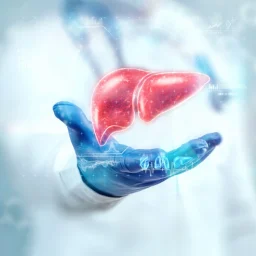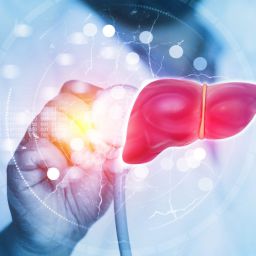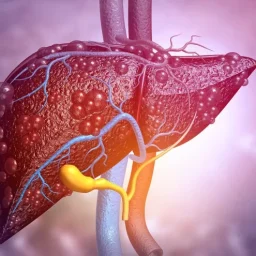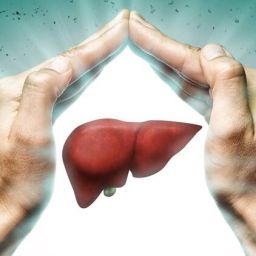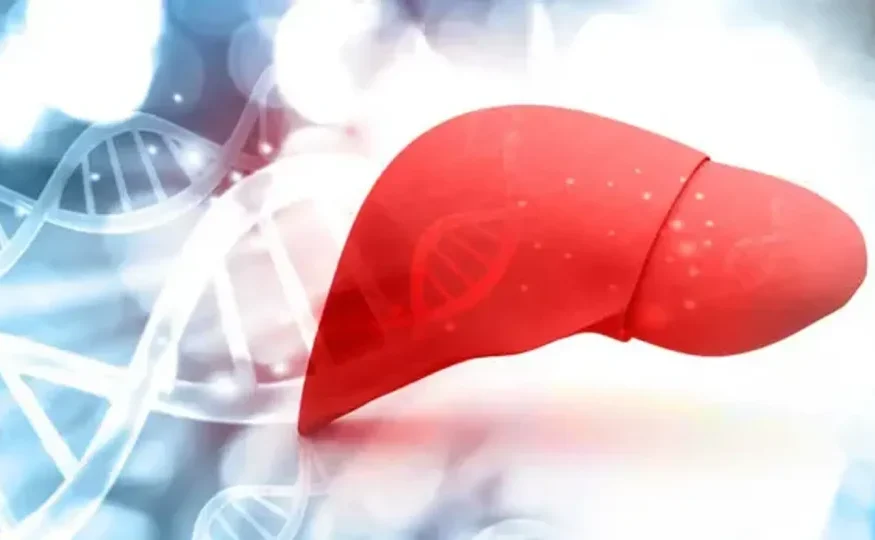
1. Regular Monitoring and Follow-up
One of the most important precautions for individuals with liver hemangiomas is regular monitoring. While the majority of liver hemangiomas remain small and asymptomatic, they can occasionally grow or cause complications. Therefore, consistent follow-up care is essential to ensure that the tumor does not become problematic.
A. Imaging Studies
Imaging tests are the primary tool used to monitor liver hemangiomas. The two most common imaging studies are:
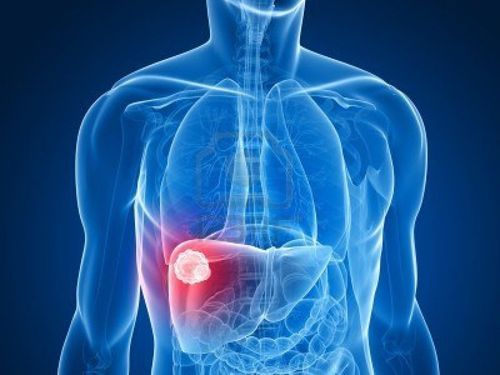
- Ultrasound: A non-invasive, low-cost, and frequently used tool for initial diagnosis and follow-up.
- MRI or CT Scan: These methods provide more detailed images of the liver and are often used for assessing the size and growth of the hemangioma. An MRI is the preferred choice for its detailed and high-resolution images, which can help determine if the hemangioma is growing or if any complications are developing.
Typically, individuals with small, asymptomatic liver hemangiomas may need to undergo imaging once every 6 to 12 months. If the hemangioma shows signs of growth or other complications, more frequent imaging may be necessary.
B. Monitoring for Symptoms
While many liver hemangiomas do not cause symptoms, larger tumors or those that cause complications may trigger various signs. Symptoms to watch for include:
- Persistent abdominal pain, especially in the upper right side
- Nausea and vomiting
- Early satiety (feeling full after consuming only small amounts of food)
- Jaundice (yellowing of the skin and eyes)
- Sudden, sharp abdominal pain in the case of rupture
If any of these symptoms occur, individuals should seek medical attention immediately, as they may indicate the need for further intervention.
2. Avoiding Hormonal Fluctuations
Hormonal factors, particularly the influence of estrogen, are believed to play a role in the development and growth of liver hemangiomas. This is especially true for women, as liver hemangiomas are more common among women than men. Pregnant women and individuals on hormone replacement therapy (HRT) or oral contraceptives may be at higher risk for hemangioma growth.
A. Considering Hormonal Medications
If you have been diagnosed with a liver hemangioma, it may be wise to discuss the use of hormonal medications with your healthcare provider. In some cases, doctors may advise discontinuing the use of oral contraceptives, hormone replacement therapy, or other estrogen-containing medications to reduce the potential for tumor growth.
However, it’s important to note that this advice depends on the size and condition of the hemangioma. If the hemangioma is small and asymptomatic, your doctor may allow you to continue hormonal medications. For individuals with larger or symptomatic hemangiomas, it may be beneficial to avoid such treatments to prevent further complications.
B. Pregnancy Considerations
Pregnancy is another key hormonal factor that can affect the behavior of liver hemangiomas. Estrogen levels rise significantly during pregnancy, which may cause an existing hemangioma to grow or lead to the development of new hemangiomas. If you have been diagnosed with a liver hemangioma and are pregnant or planning to become pregnant, it is crucial to work closely with your healthcare provider. Monitoring during pregnancy may be necessary to ensure the hemangioma does not grow excessively or cause complications.
3. Avoiding Trauma to the Abdomen
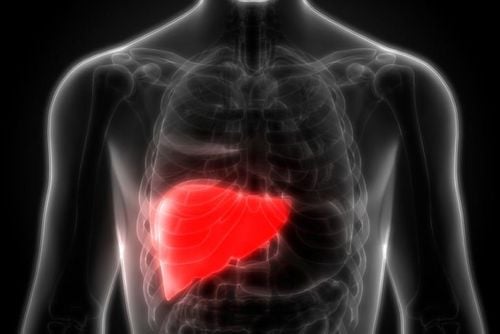
One of the risks associated with liver hemangiomas, particularly large ones, is the potential for rupture. Although rupture is rare, when it does occur, it can lead to significant internal bleeding and other life-threatening complications. Hemangiomas may be more prone to rupture if they are large, fragile, or located in certain areas of the liver.
A. Preventing Physical Trauma
To minimize the risk of trauma to the liver, individuals with large liver hemangiomas should be cautious when participating in activities that involve potential abdominal injury, such as contact sports. If you have been diagnosed with a liver hemangioma, avoid activities that put undue pressure on the abdomen. This includes:
- Avoiding high-impact sports or physical activities that increase the risk of abdominal injury
- Taking precautions to protect the abdomen during activities like heavy lifting
- Wearing protective gear, such as abdominal pads, when engaging in physical activities that may expose the abdomen to impact
4. Maintaining a Healthy Diet and Weight
While liver hemangiomas do not directly result from poor diet or lifestyle choices, maintaining a healthy diet and weight can contribute to overall liver health. Obesity, excessive alcohol consumption, and a diet high in unhealthy fats can exacerbate liver problems, potentially contributing to further complications.
A. Healthy Eating Habits
Individuals with liver hemangiomas should focus on consuming a balanced and nutrient-rich diet to support liver function and general health. Some key dietary recommendations include:
- Low-fat, high-fiber foods: Include plenty of fruits, vegetables, whole grains, and lean proteins to promote liver health and reduce the risk of fatty liver disease.
- Adequate hydration: Staying well-hydrated helps the liver perform its detoxifying function efficiently.
- Limit alcohol intake: Excessive alcohol can put stress on the liver and exacerbate any existing liver issues, so it’s important to limit alcohol consumption. Individuals with liver hemangiomas are generally advised to avoid alcohol altogether, particularly if the hemangioma is large or symptomatic.
B. Weight Management
Being overweight or obese can strain the liver and increase the risk of fatty liver disease, which could complicate the management of liver hemangiomas. Maintaining a healthy weight through regular physical activity and proper nutrition can help minimize the risk of additional liver complications.
5. Staying Informed About Treatment Options
While liver hemangiomas typically do not require treatment, larger or symptomatic tumors may necessitate medical intervention. If you have a liver hemangioma, it is important to stay informed about the potential treatment options available. Treatment may include:
- Observation: If the hemangioma is small and asymptomatic, your healthcare provider may recommend a watch-and-wait approach with periodic imaging tests to monitor for any changes.
- Hormonal therapy adjustments: If hormonal fluctuations are contributing to the growth of the hemangioma, your doctor may suggest discontinuing hormone-based medications.
- Surgical removal: In rare cases where the hemangioma causes pain, bleeding, or other complications, surgical removal may be necessary. This could involve resection of the affected portion of the liver.
- Embolization: This procedure involves blocking blood vessels supplying the hemangioma to shrink it. It may be an option for individuals who are not candidates for surgery.
- Radiation therapy: In some cases, radiation may be used to shrink the hemangioma.
6. Seeking Immediate Medical Help for Complications
While most liver hemangiomas do not lead to significant problems, there are rare instances when they can rupture or cause severe bleeding. If you experience symptoms such as:
- Sudden sharp pain in the abdomen, especially the upper right side
- Nausea, vomiting, or dizziness
- Fainting or feeling lightheaded
- Jaundice (yellowing of the skin or eyes)
It is essential to seek medical attention immediately. These symptoms could indicate that the hemangioma has ruptured or that there are other serious complications, requiring prompt medical intervention.
7. Psychological and Emotional Support
Being diagnosed with a liver hemangioma can lead to anxiety or stress, particularly if it is large or symptomatic. While the majority of cases do not lead to significant health problems, individuals may still experience concerns about the long-term effects of the tumor or the possibility of requiring surgery.
Seeking psychological support through counseling or support groups can help manage stress and anxiety related to the diagnosis. Engaging in mindfulness practices, such as meditation and yoga, may also help individuals cope with emotional challenges and improve overall well-being.
Liver hemangiomas are typically benign and asymptomatic tumors that most individuals live with without any major complications. However, being proactive about liver health, maintaining regular monitoring, avoiding trauma to the abdomen, and making healthy lifestyle choices can significantly reduce the risk of complications. In cases where treatment is necessary, options such as observation, surgery, or embolization are available.
Individuals diagnosed with liver hemangiomas should work closely with their healthcare providers to develop a personalized care plan. By staying informed about the potential risks and treatment options and adhering to medical advice, individuals with liver hemangiomas can manage the condition effectively and maintain a healthy and active lifestyle.

